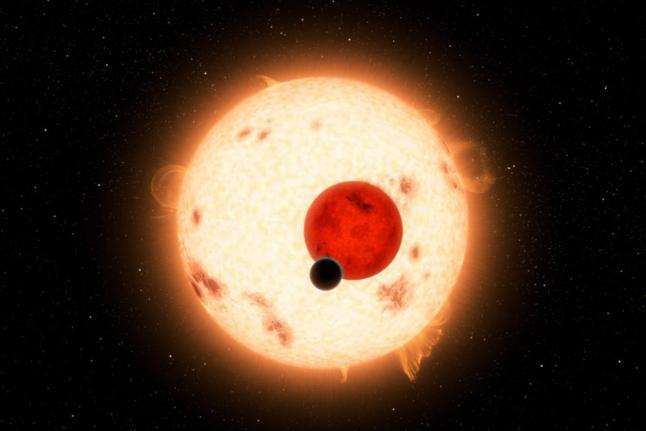Double Sunset Exoplanets Like Tatooine May Be Common

SALT LAKE CITY, March 30 (UPI) —Tatooine, the dry, Earth-like home of Anakin Skywalker and Luke Skywalker, is the most iconic planet in the Star Wars series. It’s particularly memorable for its double sunsets.
But until recently, it was assumed that gas giants were the only type of exoplanet found in binary star systems — that the push and pull of two stars wouldn’t allow for the formation of rocky worlds.
New research, however, suggests Earth-like exoplanets with two suns can not only exist, but may be quite common.
“Tatooine sunsets may be common after all,” explained Ben Bromley, an astronomer at the University of Utah and author of a new study on planet formation in binary star systems. “For over a decade, astrophysicists believed that planets like Earth could not form around most binary stars, at least not close enough to support life.”
Rocky planets are formed by collisions between asteroid-sized rocks called planetesimals. But rocky planets must accumulate materials slowly and relatively gently. It was assumed that in the topsy turvy gravity fields of double-star systems, orbits would criss-cross and tangle too frequently — encouraging violent collisions, not gentle amalgamation.
But new models suggest if planetesimals are able to find a mostly circular orbital path in a two-star system, they can slowly become Earth-like exoplanets.
“We are saying you can set the stage to make these things,” Bromley added. “It is just as easy to make an Earthlike planet around a binary star as it is around a single star like our sun. So we think that Tatooines may be common in the universe.”
NASA’s Kepler space telescope has spotted more than 1,000 exoplanets. Several of them have been rocky planets in the so-called habitable zone — close enough for water to exist in liquid form but not so close that the planet’s sun would boil away all the water.
Kepler has also found several binary star planets. But so far, they’ve all been gas giants like Neptune or Jupiter. Bromley believes that fact is a result of Earth-like planets’ smaller size. The immense size of gas giants makes them much easier to spot.
The new study was published online this week in the journal Astrophysics.





